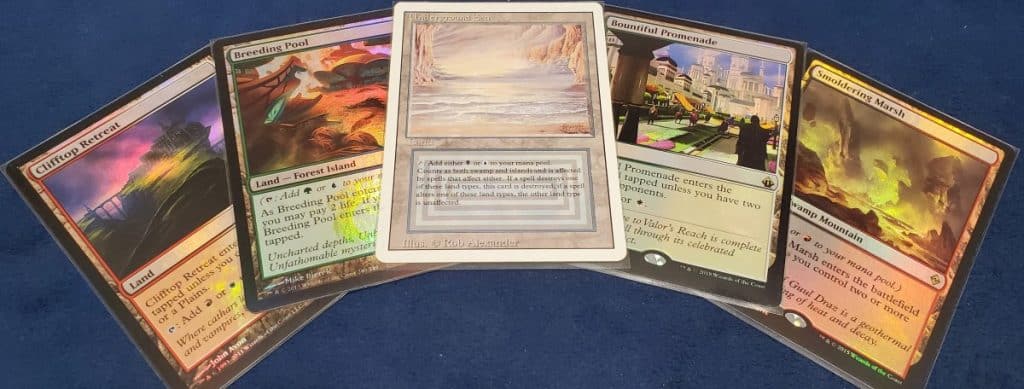When I was first learning to play Magic: The Gathering around 2006, I had the privilege of learning how to play with one of the most broken mechanics of all time: affinity. Playing artifact lands, Welding Jars, and Ornithopters to put out monster threats like Myr Enforcer and Broodstar was easy to understand, and I was even able to win a fair number of my kitchen table matches with little experience.
Unfortunately, this also stunted my growth as a player in a key area: understanding the importance of colored mana and the value of having access to multiple colors using dual lands (lands that tap for 2 colors of mana).
Early on, this worked out great for me – I was able to trade away my Breeding Pool, Brushlands, and Karplusan Forests for cool, splashy spells like Hex, Djinn Illuminatus, and Wrath of God, but as time went on and I became a more enfranchised Standard player, I realized I had my priorities completely backward.
I should actually be pursuing the acquisition of dual lands – not dumping them for cards that often became bulk after they rotated out of the format.
By the time Commander (then EDH) started becoming big, I quickly realized the 3 color decks I was playing needed dual lands more than any constructed deck I had built to date, but since I could only have 1 copy of each different type, that was easier said than done. Being a poor college student at the time, I had to make do with what I found in the wild trade binders of the area, and as my collection slowly grew, it became quickly apparent that not all dual lands are created equal.
Since I have a tendency to completely throw myself into a pursuit until I’ve found the optimal components and/or way of doing things, my revelation led me down a relatively expensive road for several years. While it was inconvenient at the time, I’m glad I took that path now. Not because of any financial gain (though that is certainly nice), but because it really helped me understand what to look for when evaluating new nonbasic lands in sets that are released today.
Today, I’m here to present the first part of my findings over the years, focusing specifically on the dual lands I’ve found most reliable when building a Commander deck. Budget will not be factoring into my selections at all – this list is strictly about gameplay value and building the best manabase possible for decks relying on 2 or more colors. Many of us don’t get to play nearly as much Magic as we’d like, and while untap.in or a SpellTable phone setup have dramatically expanded remote play opportunities, there’s still the limitation of time – so why not work toward ensuring each game has the best chance of delivering the experience you want?
Unlike my top 10s, I will be ranking these from “worst” to “best,” but these terms are pretty relative. Slots near each other can often be easily interchanged, and every selection here is worth paying attention to.
Nimbus Maze
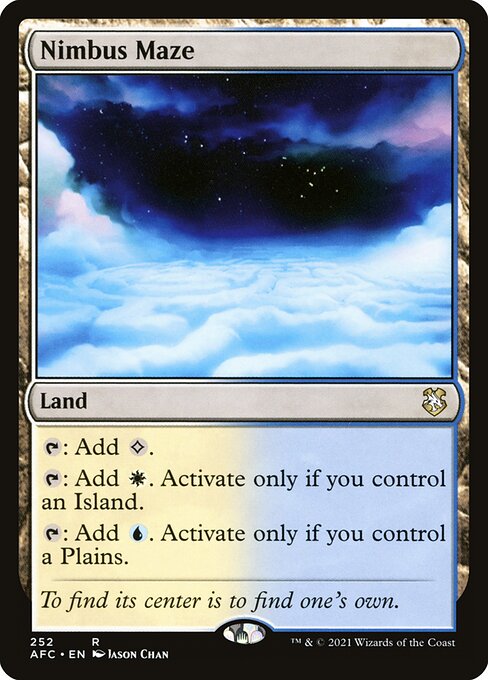
Future Sight was probably one of the weirdest set experiences I’ve ever had. Featuring 27 keywords, a slew of experimental designs, and one of the crazier draft environments I’ve played, it also brought us a “cycle” of different ally-colored dual land designs. A couple of designs have been expanded upon as of this writing, but Nimbus Maze is the lone land in Magic that has wording quite like this.
Nimbus Maze depends upon two separate basic land types to get fully online (though 1 Hallowed Fountain or Tundra will get the job done), but enters untapped and provides colorless mana if you don’t have an Island or Plains. While not ideal early, access to colorless mana is certainly better than no mana at all when it comes to getting cards like Azorius Signet, Arcane Signet, or Pilgrim’s Eye on the table.
Tainted Lands
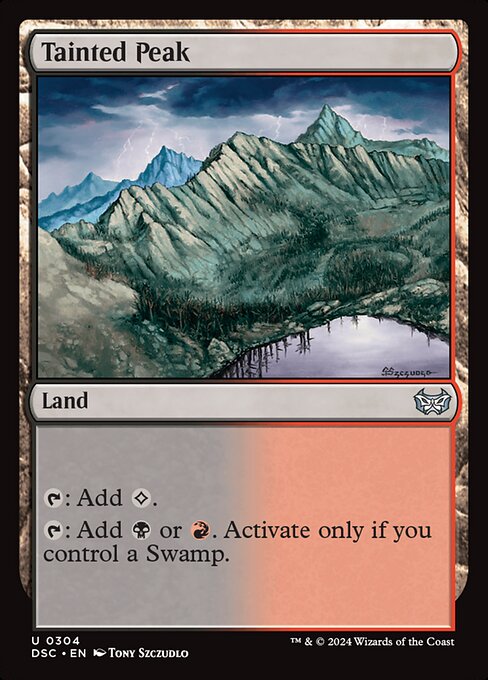
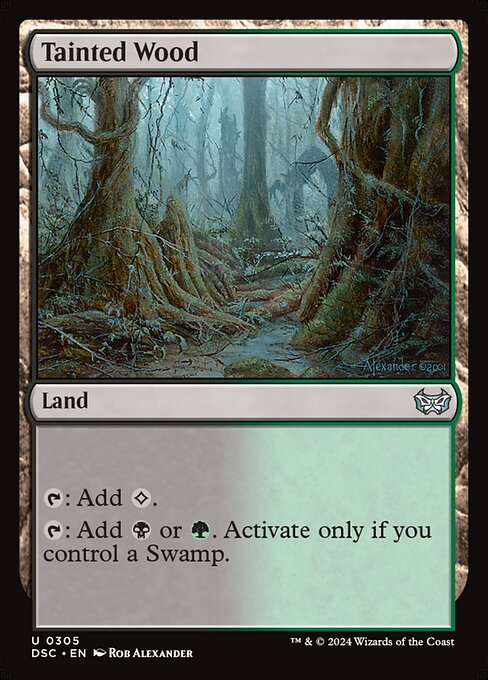
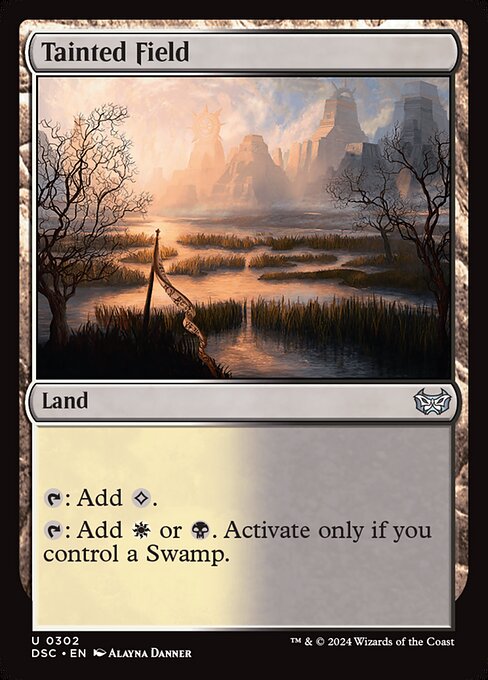
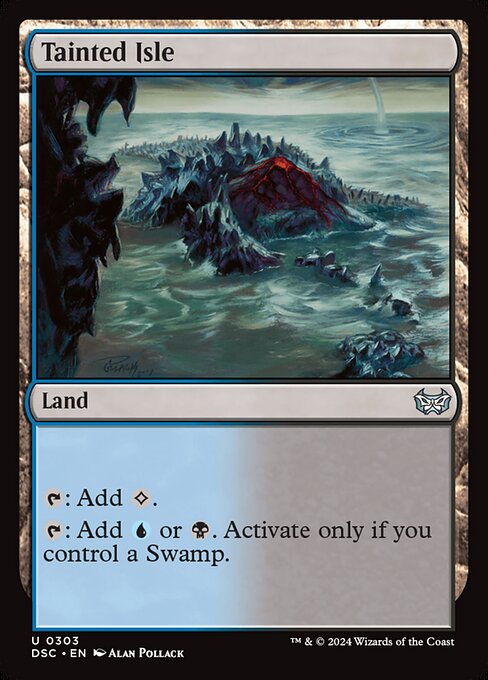
Torment was a bit of an odd set, focusing much more heavily on black than any other color. As a result, the cycle of nonbasic lands it brought along focused on having Swamps in play. While Cabal Coffers remains king among these nonbasic lands, the tainted lands are frequently overlooked despite being very effective.
Getting a Swamp into play is often incredibly easy – sometimes your opponents will even play Urborg, Tomb of Yawgmoth to take care of that obstacle for you! If you don’t have access to a Swamp, each still taps for a colorless mana while you’re waiting.
Despite a relatively easy hurdle to jump, the tainted lands do require some accommodation when building your deck. If you don’t have access to a reasonable number of basic Swamps, lands that can fetch them like Fabled Passage or Prismatic Vista, or nonbasic lands like Bayou with Swamp as a basic land type, the tainted lands can easily sit on the field as colorless lands for several turns. Granted, they come in untapped, so this isn’t the end of the world, but this drawback is why they (and Nimbus Maze) are this far down my list.
Tango Lands




Those who play Commander with me know I steer clear of lands that enter the battlefield tapped, but despite my initial misgivings, Battle for Zendikar‘s cycle of ally-colored dual lands have proven themselves time and again. Of the perks tango lands bring to the table (so named because they check for two lands), the basic land types are really what tie this package together.
While most of the other dual lands we’ll discuss today do the same job while asking you for less, having basic land types opens up the ability to track these down with fetch lands like Bloodstained Mire, ramp effects like Wood Elves, or even certain tutor effects like Tithe.
This perk makes it easy to get a tango land during a time that is most convenient for you. If you can’t meet the conditions for bringing it in untapped, just crack a Krosan Verge at the end of your opponent’s turn so it can immediately untap on yours. If you’re coming up on turn 4 or 5 and need this to come in untapped, you can easily build your deck in a way that allows you to consistently do so – especially since the condition for getting these duals into play untapped doesn’t care what types of basic lands you have (a major plus for decks with more than 2 colors).
Should your plans fall through and you find your tango lands entering the battlefield tapped, it’s usually early in the game when entering untapped matters far less. It’s still a little depressing when it happens, but Magic’s variance means that sometimes you’ve got to take the bad with the good.
Reflecting Pool
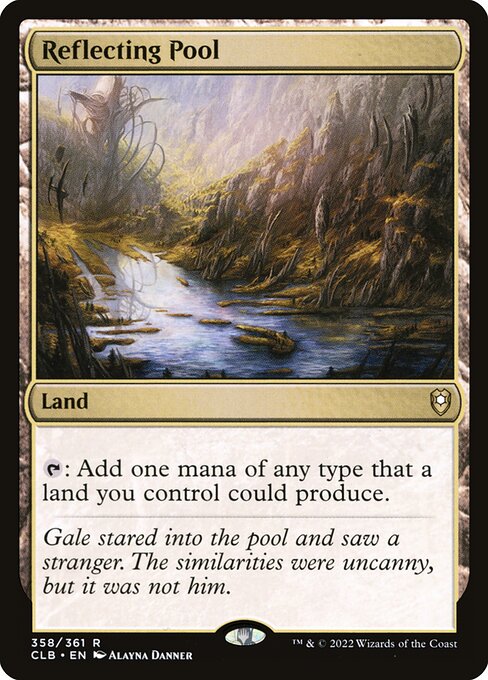
Reflecting Pool, introduced in Tempest, isn’t your typical dual land, as it relies upon the lands you already have in play in order to function. While this parasitic dependence makes it one of the worst possible lands you can play in your first turn of the game, it is possible for it to tap for multiple (or even ALL) colors of mana as early as your second turn.
This usually makes it no better or worse than a land that enters the battlefield tapped for your first move (which is usually quite uneventful in Commander). Since it actually enters untapped, however, it usually becomes one of the most reliable and versatile lands for multicolored decks during any other turn of the game – so long as you’re playing your other lands! Just make sure you avoid exclusively pairing Reflecting Pool with colorless lands like Ancient Tomb and Reliquary Tower – it simply will not end well.
Check Lands
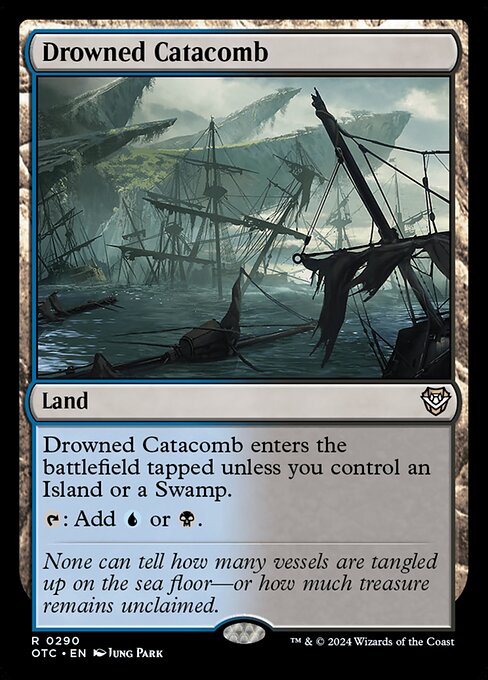



When Wizards of the Coast showed us a new approach to Core sets with the release of Magic 2010, specifically, the ability to create and release brand new cards instead of only providing reprints, the ally-colored check lands (so named for their trait of “checking” for a basic land type) got a lot of attention.
Lands like Temple Garden and Volcanic Island pair really well with them, as do regular basic lands, giving them very broad appeal with players of most budgets. Innistrad supplied us with the enemy-colored versions a couple years later, and these were also very well received.
As with lands like Reflecting Pool, these aren’t going to be usable on your first turn of the game, and like the tainted lands, you need to meet a basic land type requirement to get immediate access to your check land’s colored mana. Unlike these two, however, if you have to play a check land tapped, it will still function on every turn thereafter. Failure to meet optimal conditions is inconvenient, but not a permanent roadblock, which can make a very big difference throughout the course of a Commander game.
Filter Lands
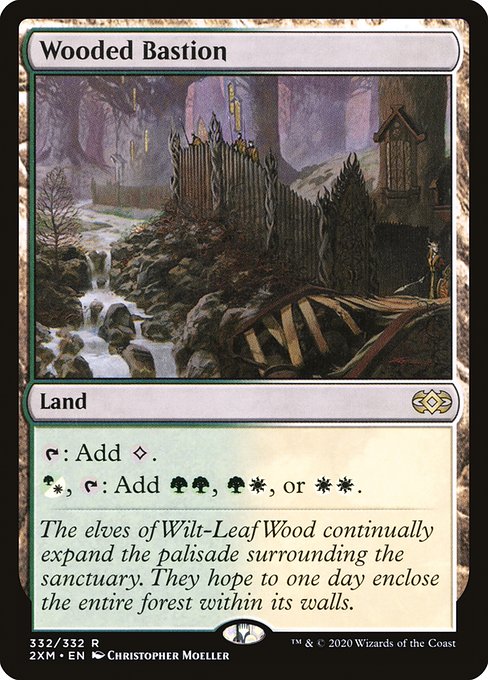



The filter lands were originally introduced with the release of Graven Cairns in Future Sight, and we didn’t have to wait much more than a year for the rest to fully arrive. An upgrade over Odyssey predecessors like Sungrass Prairie, these lands have the advantage of being able to tap for colorless mana. This allows you to set up first turn Sol Rings and Sensei’s Divining Tops – a distinct edge over even Reflecting Pool, despite sharing similar parasitic traits. Unlike other dual lands, however, filter lands also give you the ability to flex a second land into another color as needed, granting a considerable measure of utility you won’t find elsewhere.
Pain Lands




Ice Age and Apocalypse gave Magic players one of the most polarizing land cycles in the history of the game. Less experienced players will often shy away from these because using them hurts you, but more experienced players usually realize that you only have to consistently damage yourself during the early stages of a game. That damage also means far less in Commander than a typical tournament format – you have 40 life instead of 20, so picking up an extra point of damage here or there is usually not a game changer.
That said, I only really use these in decks with exactly 2 colors. When you get access to more colors, you often don’t have to take as many risks since you gain the ability to use more of each type of dual land. Sure, pain lands enter untapped all the time (which I love), but they also don’t synergize well with other types of nonbasic lands and ramp cards I like to play due to a lack of basic land types and the damage they cause when being used for colored mana.
Bond Lands
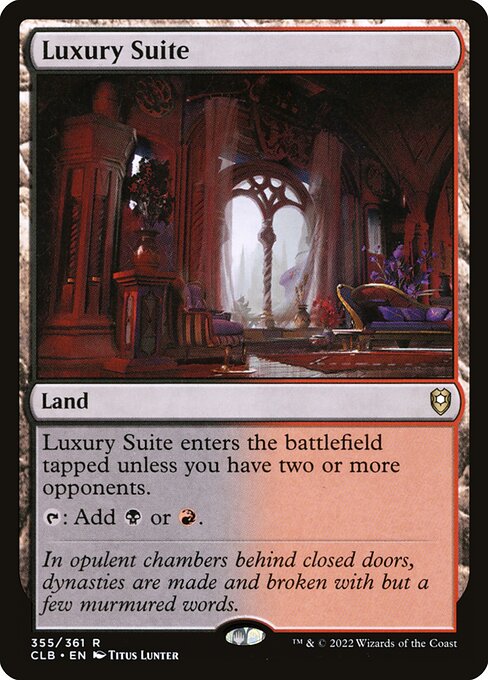

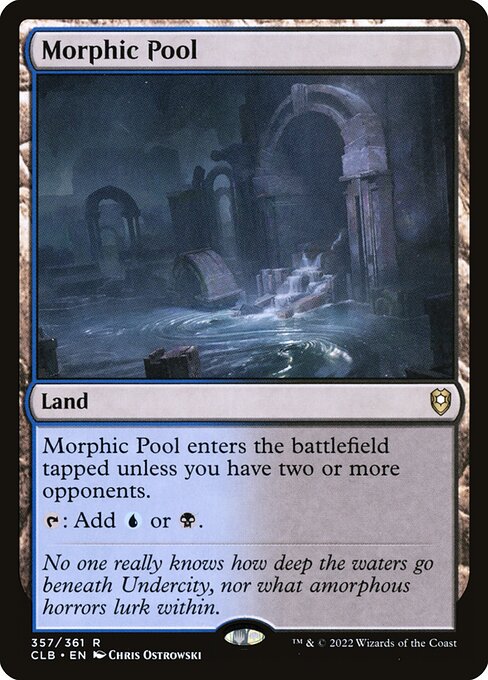
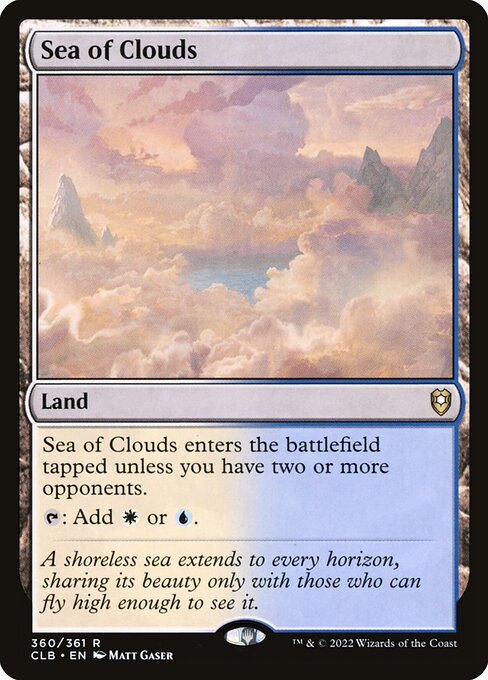
Battlebond was the first set designed as a Two-Headed Giant experience, but its cycle of rare lands happens to also be excellent for a format like Commander that averages 4 players per pod. They enter the battlefield untapped for most of a typical game, and if you’re down to your last opponent, the fact that they enter the battlefield tapped is generally unimportant. Much like the pain lands, I generally reserve bond lands for decks with two colors. They’re great cards for any multicolored deck, especially now that Commander Legends has finished the cycle, but generally don’t mesh well with the way I like to build my manabases.
Command Tower

We’re in the top 3 now, and while some of you may be shocked by how low Command Tower is on this list, I will attempt to get ahead of the hate mail by acknowledging that this is basically the ultimate land for Commander. It enters untapped, it adds any color you need, and it asks for nothing in return. If your deck uses 2 or more colors, you should be playing this – end of story.
Shock Lands




Ravinca: City of Guilds represented a major milestone for Magic when it was released. In addition to becoming one of the most popular settings in Magic, it introduced us to the shock lands, named for their similarity to the card Shock if you play them untapped. The first nonbasic lands with basic land types since Alpha, the shock lands saw an absolute ton of play back then and their presence in decks is still prevalent to this day.
While the Command Towers and pain lands of the world always enter untapped and may end up doing less damage to you over the course of a game, basic land types on nonbasic lands is a very big deal. Through the use of cards like Nature’s Lore, Scalding Tarn, and Knight of the White Orchid, you can design your deck in a way that makes it far easier to track down the shock land you need over other nonbasic lands. You also aren’t forced to play a shock land untapped, so you can elect to skip the 2 points of damage in a lot of cases too.
This level of easy access and synergy then enables your shock lands to work with many of your other nonbasic lands. Check lands are able to have their conditions easily met, and setting up your Nimbus Maze, tainted lands, Reflecting Pool, and filter lands becomes a breeze. The tango lands are able to do this as well, but they often require much more setup if you need them to enter play untapped – shock lands just get the job done regardless of what or when it is, all for the low price of 2 life.
Original Dual Lands (OG Duals)
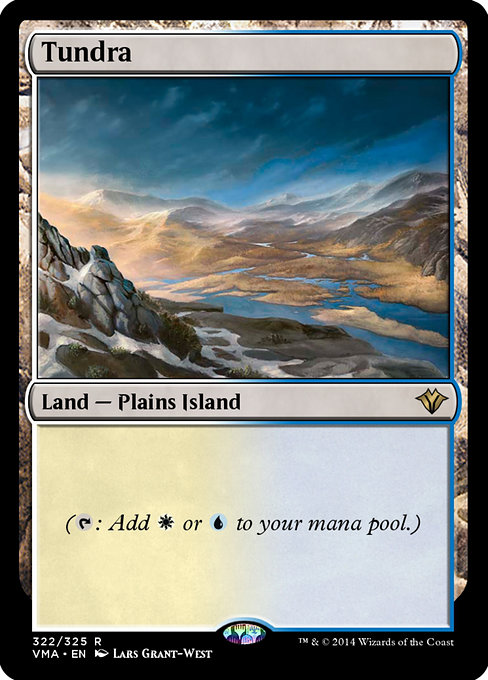
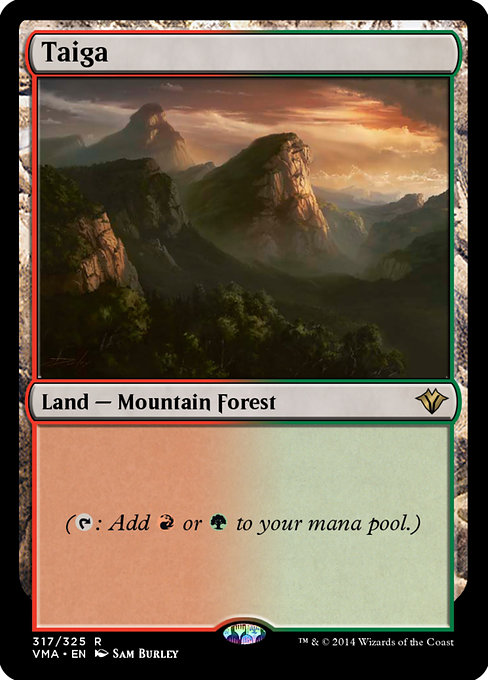
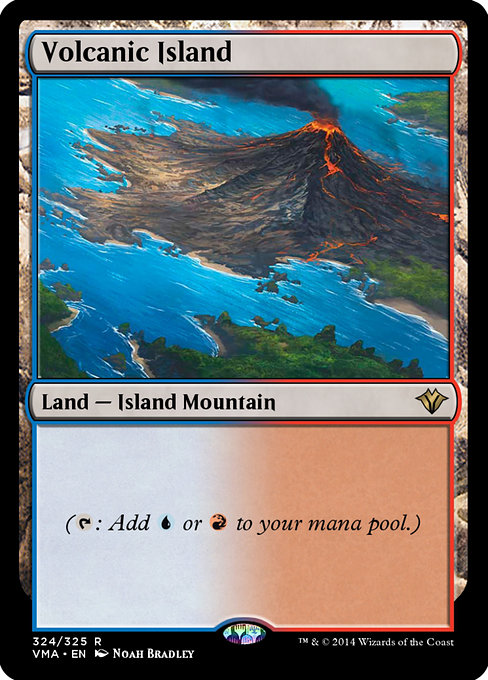

I’ve already gushed over the benefits of shock lands, but those are toned down compared to the original dual lands found in Alpha, Beta, Unlimited, and Revised. Everything I discussed before remains true with these while never asking you to pay 2 life. It’s safe to say we will never have dual lands this good again, and if they have a failing, it is their scarcity due to their presence on the Reserved List. They’re basically perfect dual lands, and if you’re one of the lucky few who has tracked them down, you’ve probably seen just how much they help the consistency of your manabases.
Honorable Mention: Fetch Lands
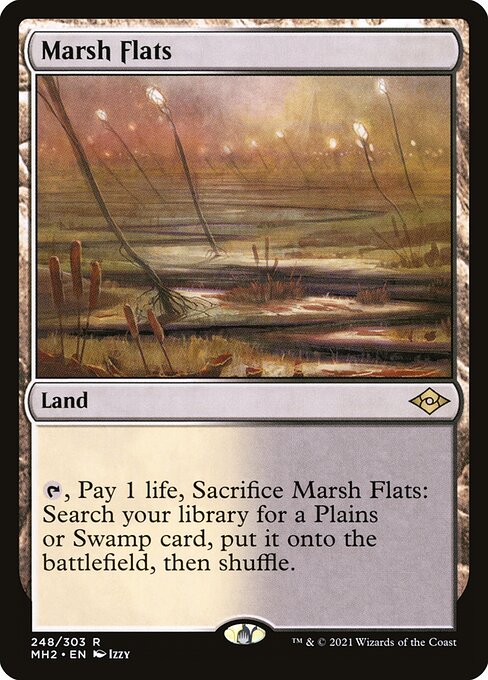

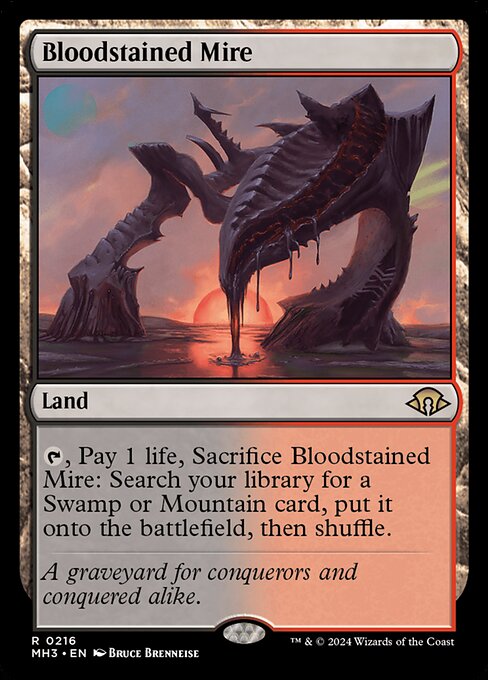

Fetch lands aren’t real dual lands – they can’t even tap for mana without assistance. If the shock lands and original duals are the major cogs in the machine that is a solid manabase, however, fetch lands are the oil that keeps everything running smoothly. You can play any number of unique fetch lands in any Commander deck, as their text does not contain mana symbols, and they play primary roles in tracking down the lands you need to make immediate plays or avoid drawing lands that will enter the battlefield tapped.
Failing to acknowledge this, especially considering how I arranged my picks, would be a major disservice.
While these have gotten pricey, don’t despair if budget is a concern – other cards can also fill the role of a fetch land in many manabases! Krosan Verge is a card I’ll often lump in with fetch lands simply because it snags two lands if you’re willing to wait a turn to set up. Decks featuring fewer dual lands and more basic lands can also take advantage of Prismatic Vista, Fabled Passage, Evolving Wilds, and Terramorphic Expanse for a slightly less efficient experience, but while still delivering the flexibility of snagging the color and/or basic land type you need most at the time.
That flexibility is really why dual lands matter as much as they do. You don’t have to spend a fortune to take advantage of this fact either; many of the cards discussed here are quite affordable and fairly easy to trade for. Take some time to figure out what you need, then do some price checking and/or shopping on TCGPlayer to get the most bang for your buck. And hey, if you find an dual land I missed, consider joining our Patreon and hitting up our Discord to let me know! We talk all things gaming and have an awesome community, which is amazing value for as little as $1 a month.
Braden is a founder of Assorted Meeples and has been a gamer & writer with a vivid imagination all his life. Don’t believe us? Check out his excitement when meeting Goosebumps author R.L. Stine as a kid! An avid Magic: The Gathering spellslinger for over 15 years, you can always convince him to shuffle up for a game (or three!) of Commander.

